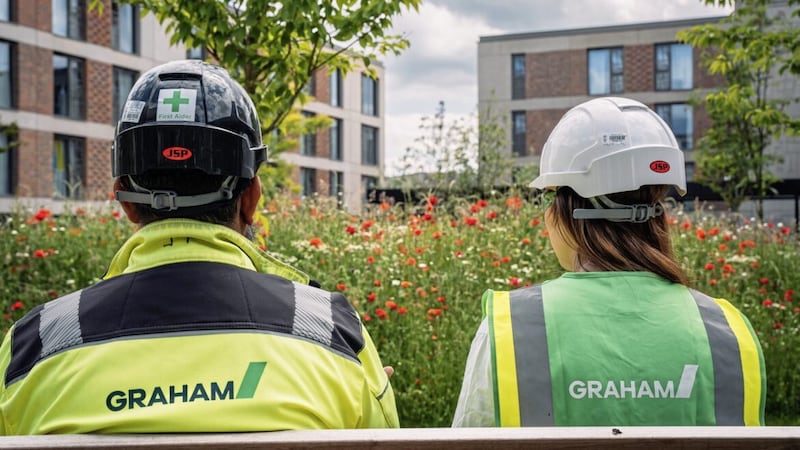THE number of mortgage approvals made to home buyers was at a 13-year high in November, Bank of England figures show.
Around 105,000 home loans for house purchase got the go-ahead, up from 98,300 in October and marking the highest number since August 2007.
The surge in approvals meant that by November 2020, they had nearly caught up with levels recorded in 2019 - despite the housing market effectively being shut earlier on in 2020 due to coronavirus measures.
There were 715,300 house purchase approvals up to November 2020, compared with 722,000 during the same period in 2019, the Bank said.
Mark Harris, chief executive of mortgage broker SPF Private Clients, said home buyers have been motivated by a current stamp duty holiday, which ends on March 31, as well as the desire to move to a different location.
He said: "We expect mortgage rates to remain competitive into the spring as borrowers attempt to take advantage of the stamp duty concession."
Andrew Montlake, managing director at mortgage broker Coreco, said: "The closing stages of 2020 were among the busiest we've ever been as a broker.
"That looks set to continue in the first quarter, too, ahead of the looming stamp duty deadline."
But he added: "Many prospective buyers with small deposits are now fully aware that their chances of getting a mortgage agreed are remote."
Looking at non-mortgage borrowing, the Bank said consumer credit contracted by 6.7 per cent annually in November - marking a new low since records started in 1994.
Consumer credit includes borrowing using credit cards, personal loans and overdrafts.
Borrowing using credit cards fell by 14.5 per cent annually - which was also a new low on the Bank's records.
The Bank's Money and Credit report said that since the start of March, households have repaid £17.3 billion-worth of consumer credit.
It added that the rate on interest-charging overdrafts was 20.62 per cent in November, above the rate of 10.32 per cent in March 2020, before new rules ending overdraft fees, which borrowers previously paid on top of interest rates, came into effect.
Typical rates on new personal loans increased in November to 5.46 per cent, but remain low compared with rates of around 7 per cent in early 2020, the report said.
The typical credit card borrowing rate fell to 17.49 per cent in November - a new low since similar records started.
Household deposits increased by £17.6 billion in November, but there were significant withdrawals of £6.2 billion from NS&I (National Savings and Investments) accounts.
NS&I previously announced a string of interest rate reductions, which kicked in from November.
The Treasury-backed body previously said the reductions would mean it aligned its savings products against the rates offered by the banks and building societies.
The Bank of England said the amounts deposited by businesses remained strong in November, at £5.3 billion.
But it said deposit interest rates remained at historically low levels.
Samuel Tombs, chief UK economist at Pantheon Macroeconomics, said: "With non-essential shops and the consumer services sector closed in November, households had fewer spending opportunities than usual.
"Nonetheless, unsecured (non-mortgage) credit conditions have tightened, and some households likely will use the cash that they accumulated in 2020 to pay off debts when they become due.
"As a result, we continue to think that households will spend only a small fraction of the 'enforced savings' that they accumulated last year, and that households' overall expenditure will take until mid-2022 to recover to its prior peak."








